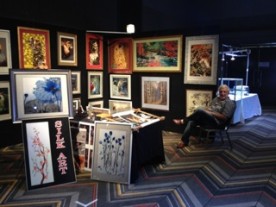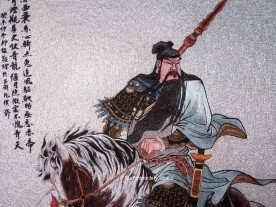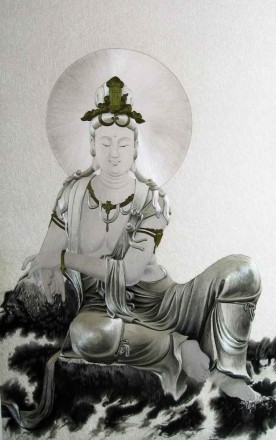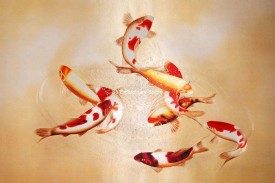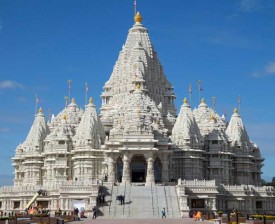Suzhou, a city steeped in the artistry of silk, has been China's silk textile heart since the Ming Dynasty (1638 – 1662). During this era, the imperial court recognized the city's unparalleled expertise in silk craftsmanship and established a dedicated textile bureau in Suzhou. This bureau featured two distinct divisions, one specializing in embroidery and the other in dyeing, each playing a vital role in shaping China's textile legacy.
Within the government-run workshops, highly skilled embroidery artisans crafted ornate pieces destined for imperial carriages and garments. Furthermore, the realm of attire for emperors, empresses, officials, and officers bore official designs meticulously executed by these artisans. These designs carried deep symbolic significance, often associated with mythical creatures and animals revered in Chinese culture.
For instance, individuals holding esteemed positions such as dukes, marquises, and emperors' sons-in-law adorned themselves in clothing adorned with intricate embroidery of kylin and other divine creatures. The choice of these creatures was not arbitrary; it conveyed the wearer's rank and status within the imperial hierarchy.
The system of symbolism extended to official gowns, with rank patches, known as "buzi" in Chinese, adorning the front and back. These embroidered rank patches featured an array of animals, each design signifying the wearer's position within the hierarchy. Here's a glimpse into this intricate system:
Official Ranks and Corresponding Embroidery:
Top-ranking officials: White cranes graced their gowns, symbolizing their esteemed status.
Second-rank officials: Golden pheasants embroidered on their attire denoted their significant position.
Third-rank officials: Peacocks adorned their gowns, reflecting their honorable rank.
Fourth-rank officials: Wild geese symbolized their official role and responsibilities.
Fifth-rank officials: Silver pheasants were the emblem for officials holding this rank.
Sixth-rank officials: Their gowns featured elegantly embroidered egrets, representing their position.
Seventh-rank officials: Mandarin ducks were the chosen design, reflecting their rank.
Eighth-rank officials: Orioles embroidered on their attire marked their official distinction.
Ninth-rank officials: Quail design was associated with this rank, symbolizing their role in the hierarchy.
Buy Chinese Silk Embroidery Online
Military Ranks and Their Corresponding Embroidery:
Top-rank and second-rank military officers: Their gowns displayed the formidable lion, denoting their high rank and authority.
Third and fourth-rank military officers: Tigers and leopards adorned their attire, representing their military prowess.
Fifth-rank military officers: Bears featured on their clothing, signifying their significant role in the military hierarchy.
Sixth and seventh-rank military officers: Young tigers marked their rank, showcasing their emerging leadership.
Eighth-rank military officers: Their attire displayed the image of rhinoceroses, representing their place within the military structure.
Ninth-rank military officers: Seahorses were associated with this rank, signifying their unique position in the military hierarchy.
Custom Portrait Embroidery from Photo
The intricate world of Suzhou embroidery and its symbolic representations on official gowns remains a testament to the rich history and cultural significance woven into every stitch. This time-honored tradition preserves not only the artistry of Suzhou but also the hierarchical structure of imperial and military officials, offering a fascinating glimpse into China's past.
by Su Embroidery Studio (SES), Suzhou China
SES is dedicated to Chinese Silk Embroidery Art and High-End Custom Embroidery
Find SES's embroidery work at Chinese Silk Embroidery for Sale.








